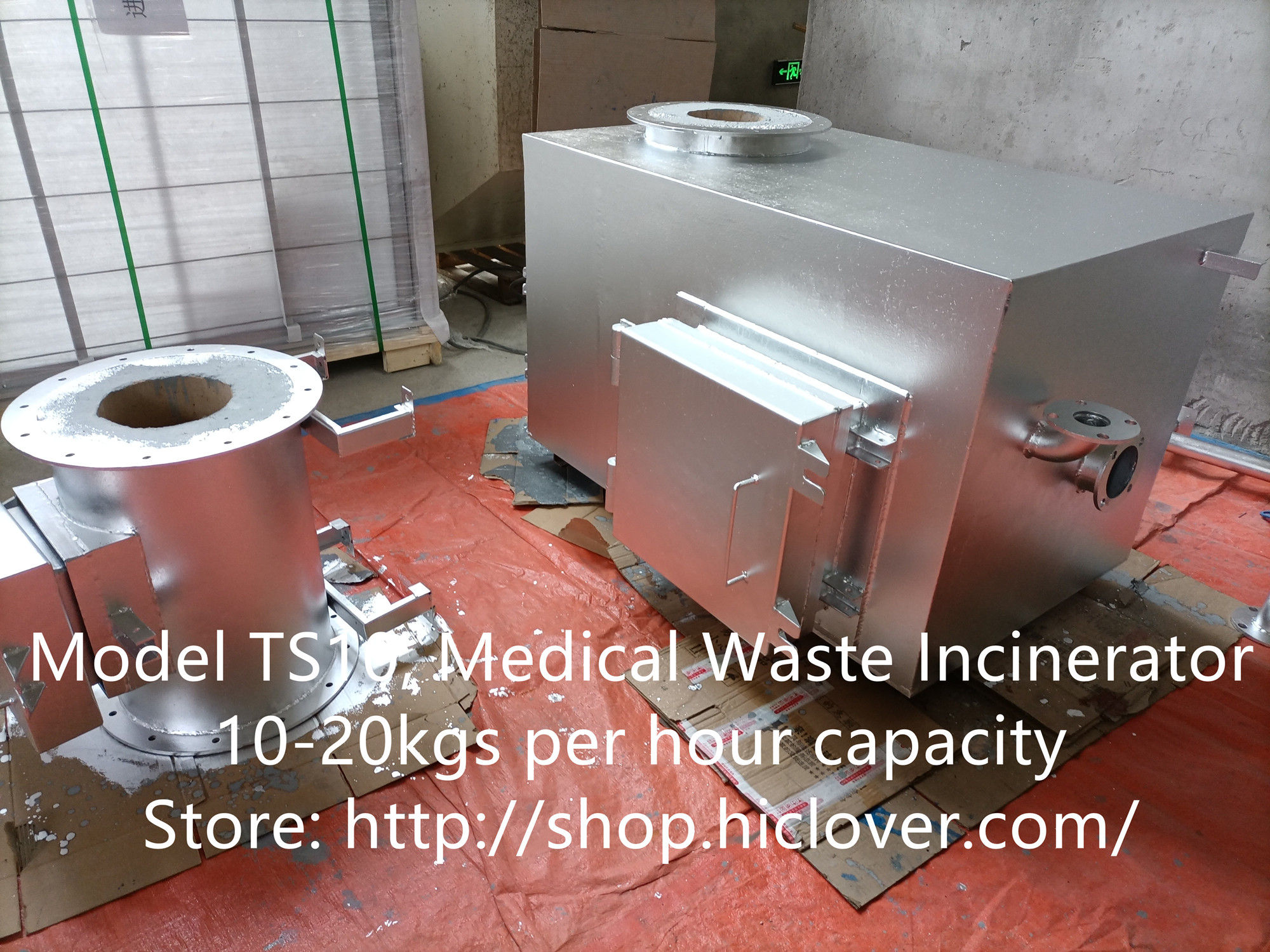From Biomedical to Hazardous: An Overview of Hospital Waste Categories- types of hospital waste

Hospitals produce a variety of waste streams, each with its own set of regulations and requirements for proper disposal. Understanding the different categories of hospital waste is crucial for ensuring compliance with environmental regulations and preventing harm to human health and the environment.
1. Biomedical waste: Biomedical waste, also known as infectious waste, is waste that has the potential to cause infection. This includes items such as used needles, syringes, blood-soaked gauze, and other materials that have come into contact with potentially infectious bodily fluids. Biomedical waste must be disposed of in accordance with strict regulations to prevent the spread of disease and protect healthcare workers, patients, and the general public.
2. Hazardous waste: Hazardous waste includes materials that are toxic, corrosive, flammable, or reactive. This category of waste can pose serious risks to human health and the environment if not handled properly. Examples of hazardous waste generated in hospitals include chemotherapy drugs, mercury-containing devices, and certain cleaning chemicals. Hospitals must comply with strict regulations governing the storage, handling, and disposal of hazardous waste to prevent harm to the environment and public health.
3. Pharmaceutical waste: Pharmaceutical waste includes expired, unused, or contaminated medications. Improper disposal of pharmaceutical waste can have serious consequences, such as groundwater contamination and drug resistance in wildlife. Hospitals must have protocols in place for the proper disposal of pharmaceutical waste to protect public health and the environment.
4. Radioactive waste: Hospitals that use radioactive materials for diagnostic or therapeutic purposes generate radioactive waste. This waste poses unique challenges due to the potential hazards associated with radioactive materials. Proper storage, handling, and disposal of radioactive waste are essential to prevent exposure to radiation and protect human health and the environment.
5. General waste: General waste includes non-hazardous, non-infectious waste generated in hospital facilities, such as paper, food scraps, and packaging materials. While general waste is not as dangerous as other categories of hospital waste, it still must be disposed of properly to prevent pollution and reduce the environmental impact of healthcare facilities.
In conclusion, hospitals produce a wide range of waste streams, each with its own set of regulations and requirements for proper disposal. It is essential for healthcare facilities to have comprehensive waste management plans in place to ensure compliance with environmental regulations and protect human health and the environment. By understanding the different categories of hospital waste and implementing appropriate disposal practices, hospitals can minimize their environmental footprint and contribute to a safer, healthier future for all.